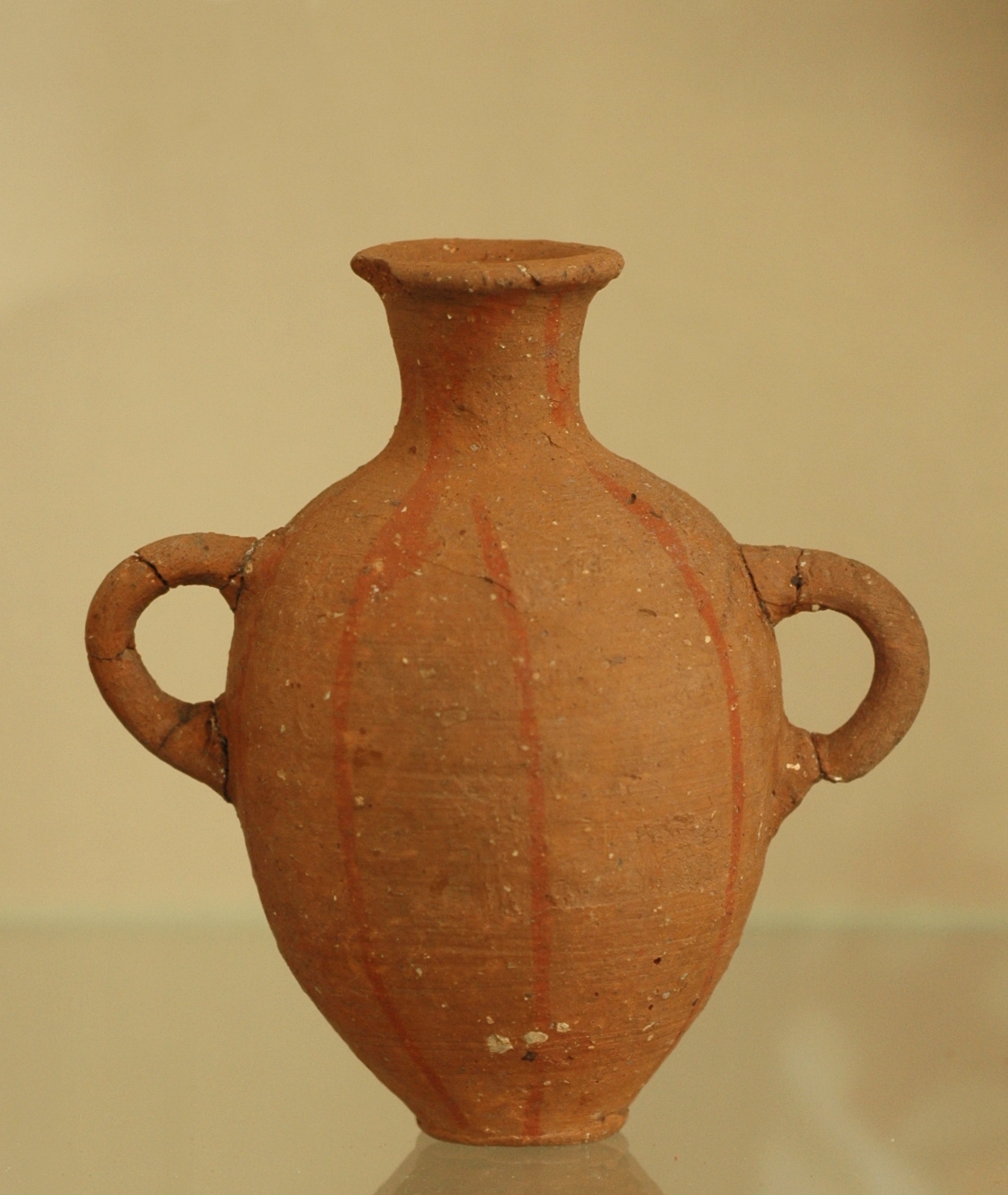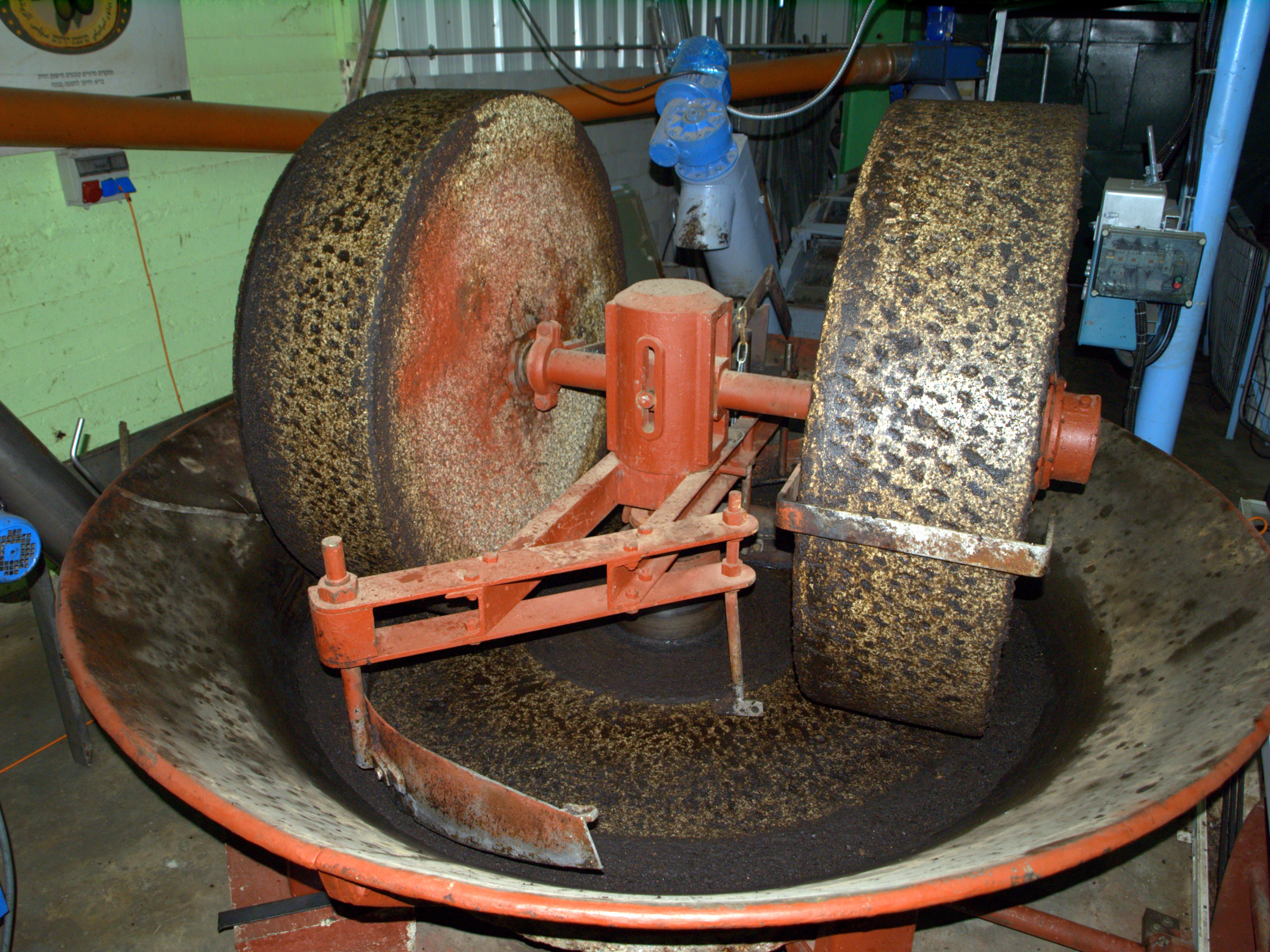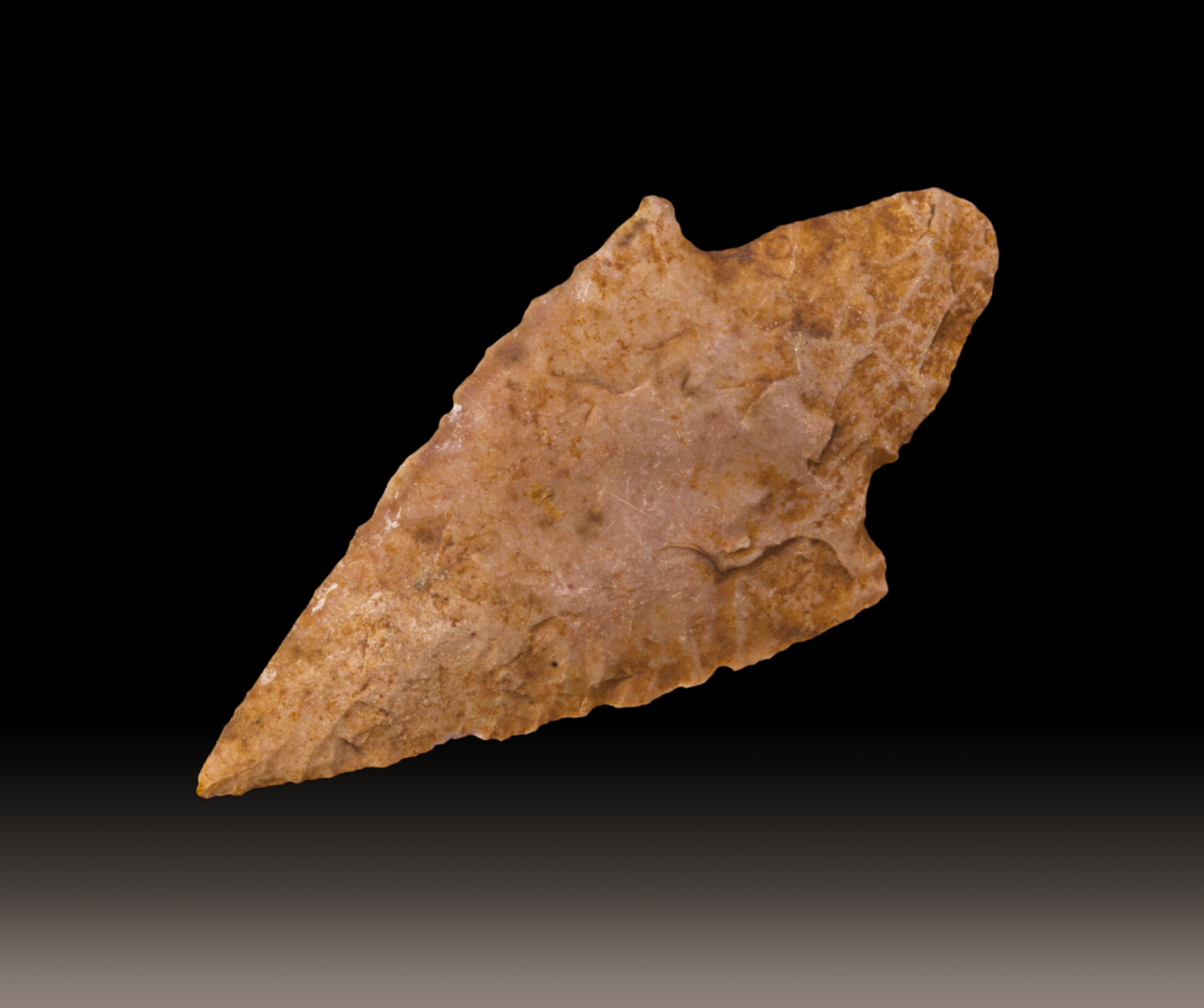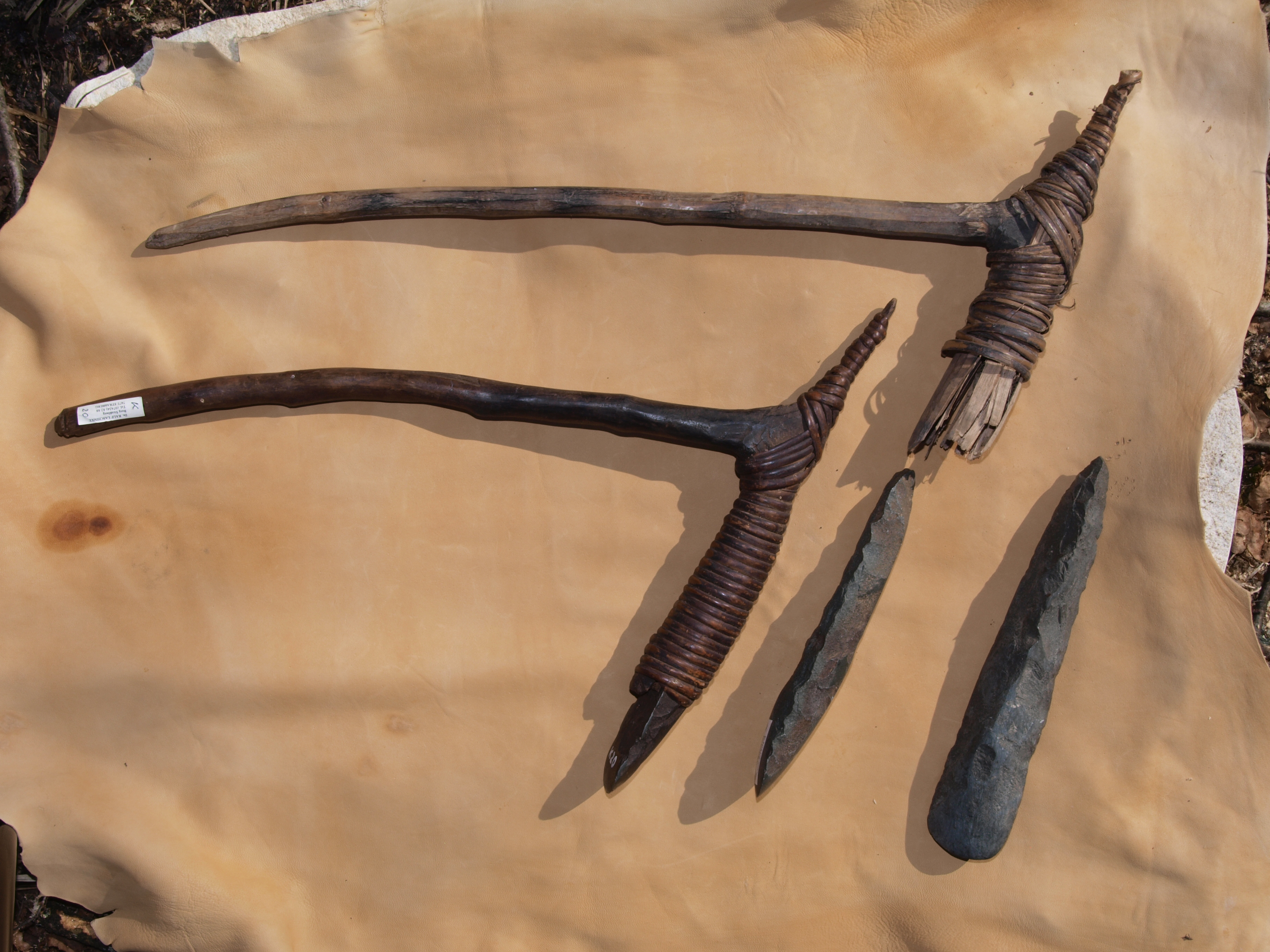|
Heavy Neolithic
Heavy Neolithic (alternatively, Gigantolithic) is a style of large stone and flint tools (or industry) associated primarily with the Qaraoun culture in the Beqaa Valley, Lebanon, dating to the Epipaleolithic or early Pre-Pottery Neolithic at the end of the Stone Age. The type site for the Qaraoun culture is Qaraoun II. Naming The term "Heavy Neolithic" was translated by Lorraine Copeland and Peter J. Wescombe from Henri Fleisch's term ''"gros Neolithique"'', suggested by Dorothy Garrod (in a letter dated February 1965) for adoption to describe the particular flint industry that was identified at sites near Qaraoun in the Beqaa Valley. The industry was also termed "Gigantolithic" and confirmed as Neolithic by Alfred Rust and Dorothy Garrod. Characteristics Gigantolithic was initially mistaken for Acheulean or Levalloisian by some scholars. Diana Kirkbride and Henri de Contenson suggested that it existed over a wide area of the fertile crescent. Heavy Neolithic indu ... [...More Info...] [...Related Items...] OR: [Wikipedia] [Google] [Baidu] |
Levallois Technique
The Levallois technique () is a name given by archaeologists to a distinctive type of stone knapping developed around 250,000 to 400,000Shipton, C. (2022). Predetermined Refinement: The Earliest Levallois of the Kapthurin Formation. *Journal of Paleolithic Archaeology*, 5, 4. https://doi.org/10.1007/s41982-021-00109-1 years ago during the Middle Palaeolithic period. It is part of the Mousterian stone tool industry, and was used by the Neanderthals in Europe and by modern humans in other regions such as the Levant. It is named after 19th-century finds of flint tools in the Levallois-Perret suburb of Paris, France. The technique was more sophisticated than earlier methods of lithic reduction, involving the striking of lithic flakes from a prepared lithic core. A striking platform is formed at one end and then the core's edges are trimmed by flaking off pieces around the outline of the intended lithic flake. This creates a domed shape on the side of the core, known as a tortoise c ... [...More Info...] [...Related Items...] OR: [Wikipedia] [Google] [Baidu] |
ASPRO Chronology
The ASPRO chronology is a nine-period dating system of the ancient Near East used by the Maison de l'Orient et de la Méditerranée for archaeological sites aged between 14,000 and 5,700 BP. First published in 1994, ASPRO stands for the "Atlas des sites du Proche-Orient" (Atlas of Near East archaeological sites), a French publication pioneered by Francis Hours and developed by other scholars such as Olivier Aurenche. The periods, cultures, features and date ranges of the original ASPRO chronology are shown below: In 2001, the institute revised the chronology of the first six periods based on newer carbon data and calibration curves. In Period 3 an early and late phase could be distinguished, but Periods 4 and 5 were merged. Overall they found more overlap in time between different cultural phases between different sites. See also *Ancient Near East *Neolithic The Neolithic or New Stone Age (from Ancient Greek, Greek 'new' and 'stone') is an archaeological period, ... [...More Info...] [...Related Items...] OR: [Wikipedia] [Google] [Baidu] |
Byblos
Byblos ( ; ), also known as Jebeil, Jbeil or Jubayl (, Lebanese Arabic, locally ), is an ancient city in the Keserwan-Jbeil Governorate of Lebanon. The area is believed to have been first settled between 8800 and 7000BC and continuously inhabited since 5000BC. During its history, Byblos was part of numerous cultures including Old Kingdom of Egypt, Egyptian, Phoenician, Assyrian, Achaemenid Empire, Persian, Hellenistic period, Hellenistic, Roman Empire, Roman, Genoese Republic, Genoese, Mamluk Sultanate, Mamluk and Ottoman Empire, Ottoman. Urbanisation is thought to have begun during the third millennium BC when it developed into a city, making it one of the List of oldest continuously inhabited cities, oldest cities in the world, if not the oldest. It is a UNESCO World Heritage Site. It was in Ancient Byblos that the Phoenician alphabet, likely the ancestor of the Greek alphabet, Greek, Latin and all other Western alphabets, was developed. Etymology The name appears as ''Keb ... [...More Info...] [...Related Items...] OR: [Wikipedia] [Google] [Baidu] |
James Mellaart
James Mellaart FBA (14 November 1925 – 29 July 2012) was a British and Dutch archaeologist and author who is noted for his discovery of the Neolithic settlement of Çatalhöyük in Turkey. He was expelled from Turkey when he was suspected of involvement with the antiquities black market. He was also involved in a string of controversies, including the so-called mother goddess controversy in Anatolia, which eventually led to his being banned from excavations in Turkey in the 1960s. After his death, it was discovered that Mellaart had forged many of his "finds", including murals and inscriptions from the Çatalhöyük site. Biography Mellaart was born in 1925 in London. He held both British and Dutch citizenship, and his family originally came from Scotland; according to one colleague, he "considered himself a Scot".Ebehard Zangger (2018),"James Mellaart's Fantasies" Talanta: Proceedings of the Dutch Archaeological and Historical Society 50, 125–182. He lectured at the Un ... [...More Info...] [...Related Items...] OR: [Wikipedia] [Google] [Baidu] |
Jacques Cauvin
Professor Jacques Cauvin (1930 – 26 December 2001) was a French archaeologist who specialised in the prehistory of the Levant and Near East. Biography Cauvin started his work in France at Oullins Caves and Chazelles Caves (near Saint-André-de-Cruzières) in 1959 and 1960 and then Chandolas in 1965. He began to specialise in archaeology of the Middle East in 1958 when Maurice Dunand invited him to assist with excavations and studies of the stone tool industries at Byblos in Lebanon. He carried out seven seasons there until 1967, which included surveys extending to Lebanon's Mediterranean coast. Cauvin's extensive typological studies of this fully excavated site are still used as references for students of lithics today. Also at this time he began studies in Syria at Horan in 1962, in the Jezireh in 1969 and excavations at Taibe in 1965 and Tell Aswad in 1972. Because of his experience in this area, he was chosen to lead excavations at the major site of Mureybet, original ... [...More Info...] [...Related Items...] OR: [Wikipedia] [Google] [Baidu] |
Agriculture
Agriculture encompasses crop and livestock production, aquaculture, and forestry for food and non-food products. Agriculture was a key factor in the rise of sedentary human civilization, whereby farming of domesticated species created food surpluses that enabled people to live in the cities. While humans started gathering grains at least 105,000 years ago, nascent farmers only began planting them around 11,500 years ago. Sheep, goats, pigs, and cattle were domesticated around 10,000 years ago. Plants were independently cultivated in at least 11 regions of the world. In the 20th century, industrial agriculture based on large-scale monocultures came to dominate agricultural output. , small farms produce about one-third of the world's food, but large farms are prevalent. The largest 1% of farms in the world are greater than and operate more than 70% of the world's farmland. Nearly 40% of agricultural land is found on farms larger than . However, five of every six farm ... [...More Info...] [...Related Items...] OR: [Wikipedia] [Google] [Baidu] |
Forest
A forest is an ecosystem characterized by a dense ecological community, community of trees. Hundreds of definitions of forest are used throughout the world, incorporating factors such as tree density, tree height, land use, legal standing, and ecological function. The United Nations' Food and Agriculture Organization (FAO) defines a forest as, "Land spanning more than 0.5 hectares with trees higher than 5 meters and a Canopy (biology), canopy cover of more than 10 percent, or trees able to reach these thresholds ''in situ''. It does not include land that is predominantly under agricultural or urban use." Using this definition, ''Global Forest Resources Assessment (FRA), Global Forest Resources Assessment 2020'' found that forests covered , or approximately 31 percent of the world's land area in 2020. Forests are the largest Terrestrial ecosystem, terrestrial ecosystems of Earth by area, and are found around the globe. 45 percent of forest land is in the Tropical forest, trop ... [...More Info...] [...Related Items...] OR: [Wikipedia] [Google] [Baidu] |
Millstone
Millstones or mill stones are stones used in gristmills, used for triturating, crushing or, more specifically, grinding wheat or other grains. They are sometimes referred to as grindstones or grinding stones. Millstones come in pairs: a stationary base with a convex rim known as the bedstone (or nether millstone) and a concave-rimmed runner stone that rotates. The movement of the runner on top of the bedstone creates a "scissoring" action that grinds grain trapped between the stones. Millstones are constructed so that their shape and configuration help to channel ground flour to the outer edges of the mechanism for collection. The runner stone is supported by a cross-shaped metal piece ( millrind or rynd) fixed to a "mace head" topping the main shaft or spindle leading to the driving mechanism of the mill (wind, water (including tide), or other means). History The origins of an industry Often referred to as the "oldest industry", the use of the millstone is inextr ... [...More Info...] [...Related Items...] OR: [Wikipedia] [Google] [Baidu] |
Burin (lithic Flake)
Burin from the Upper Paleolithic (Gravettian) (ca. 29,000–22,000 BP) In archaeology and the field of lithic reduction, a burin (from the French ''burin'', meaning "cold chisel" or modern engraving burin) is a type of stone tool, a handheld lithic flake with a chisel-like edge which prehistoric humans used for carving or finishing wood or bone tools or weapons, and sometimes for engraving images. In archaeology, burin use is often associated with "burin spalls", which are a form of debitage created when toolmakers strike a small flake obliquely from the edge of the burin flake in order to form the graving edge. Documented use left, 180px, Carinated "burin"/microblade core with multiple facets Standardized burin usage is typical of the Middle Paleolithic and Upper Palaeolithic cultures in Europe, but archaeologists have also identified them in North American cultural assemblages, and in his book ''Early Man in China'', Jia Lanpo of Beijing University lists dihedral burin ... [...More Info...] [...Related Items...] OR: [Wikipedia] [Google] [Baidu] |
Arrowhead
An arrowhead or point is the usually sharpened and hardened tip of an arrow, which contributes a majority of the projectile mass and is responsible for impacting and penetrating a target, or sometimes for special purposes such as signaling. The earliest arrowheads were made of stone and of organic materials; as human civilizations progressed, other alloy materials were used. Arrowheads are important archaeological artifacts; they are a subclass of projectile points. Modern enthusiasts still "produce over one million brand-new spear and arrow points per year". A craftsman who manufactures arrowheads is called an arrowsmith. History In the Stone Age, people used sharpened bone, flintknapped stones, flakes, and chips and bits of rock as weapons and tools. Such items remained in use throughout human civilization, with new materials used as time passed. As archaeological artifacts such objects are classed as projectile points, without specifying whether they were ... [...More Info...] [...Related Items...] OR: [Wikipedia] [Google] [Baidu] |
Adze
An adze () or adz is an ancient and versatile cutting tool similar to an axe but with the cutting edge perpendicular to the handle rather than parallel. Adzes have been used since the Stone Age. They are used for smoothing or carving wood in hand woodworking, and as a Hoe (tool), hoe for agriculture and horticulture. Two basic forms of an adze are the hand adze (short hoe)—a short-handled tool swung with one hand—and the foot adze (hoe)—a long-handled tool capable of powerful swings using both hands, the cutting edge usually striking at foot or shin level. A similar tool is called a mattock, which differs by having two blades, one perpendicular to the handle and one parallel. History Africa The adze is depicted in ancient Egyptian art from the Old Kingdom onward. Originally the adze blades were made of stone, but already in the Predynastic Egypt, Predynastic Period copper adzes had all but replaced those made of flint. Stone blades were fastened to the handle by tying ... [...More Info...] [...Related Items...] OR: [Wikipedia] [Google] [Baidu] |






